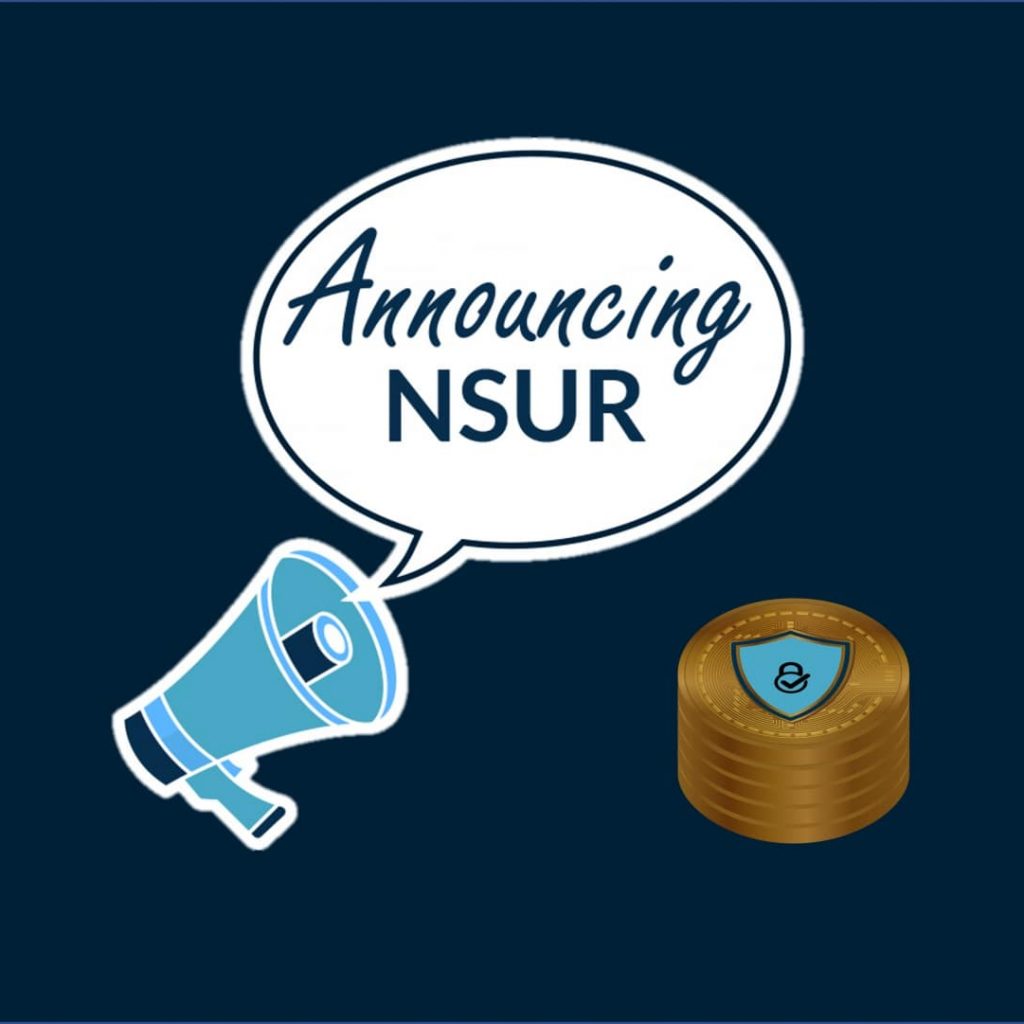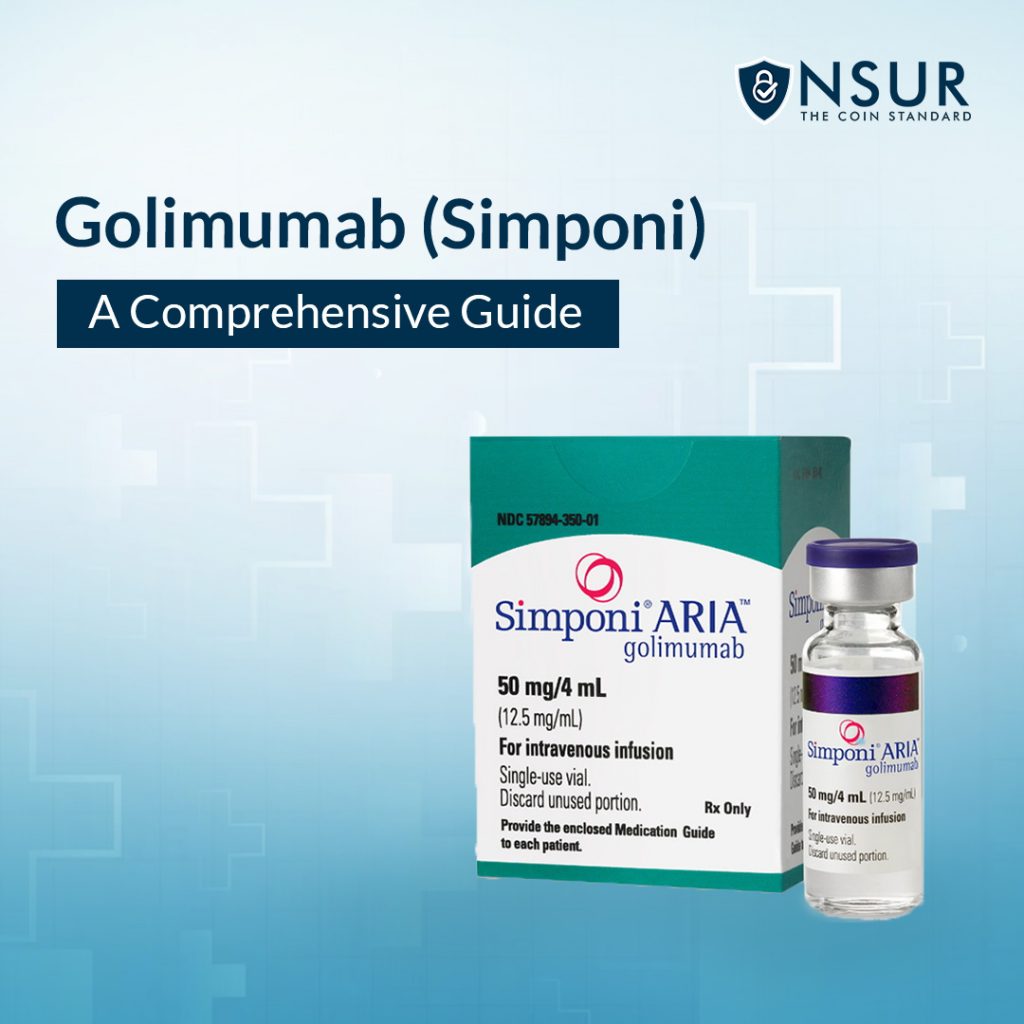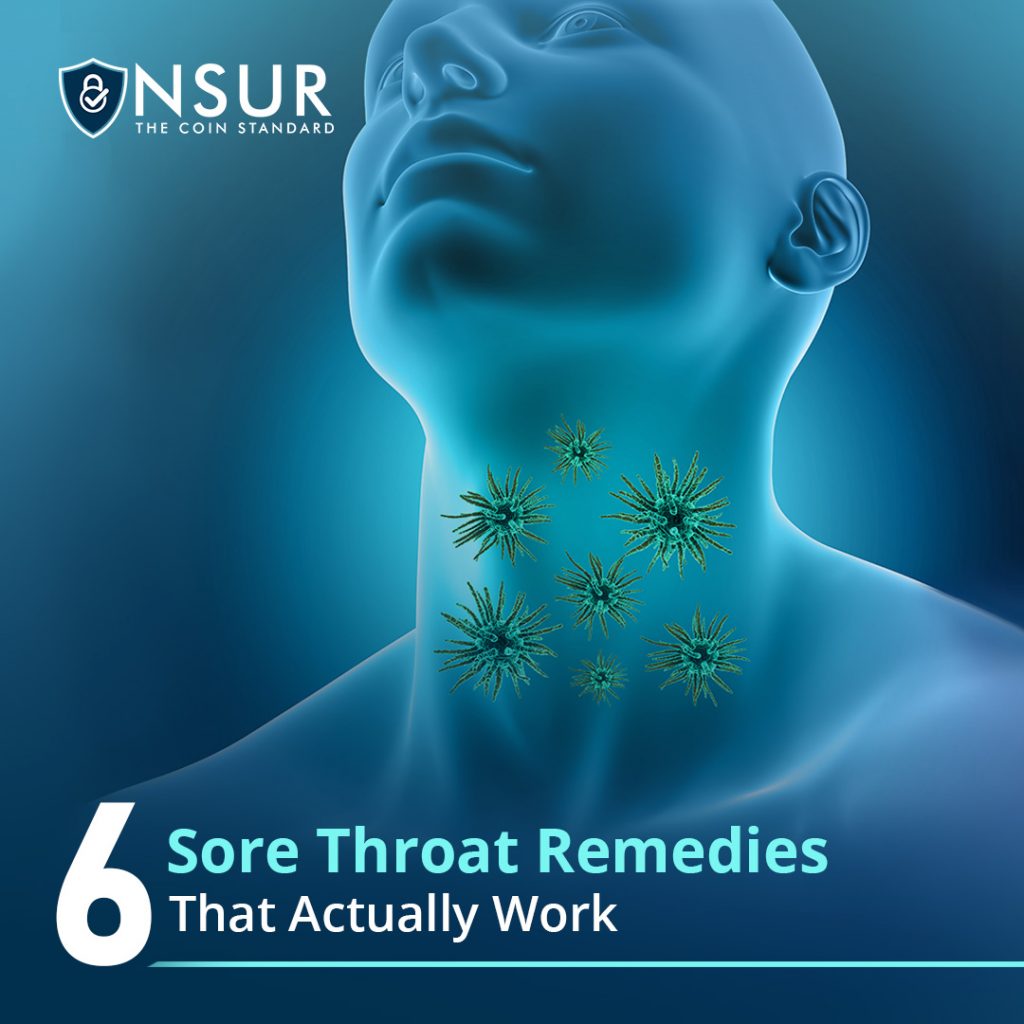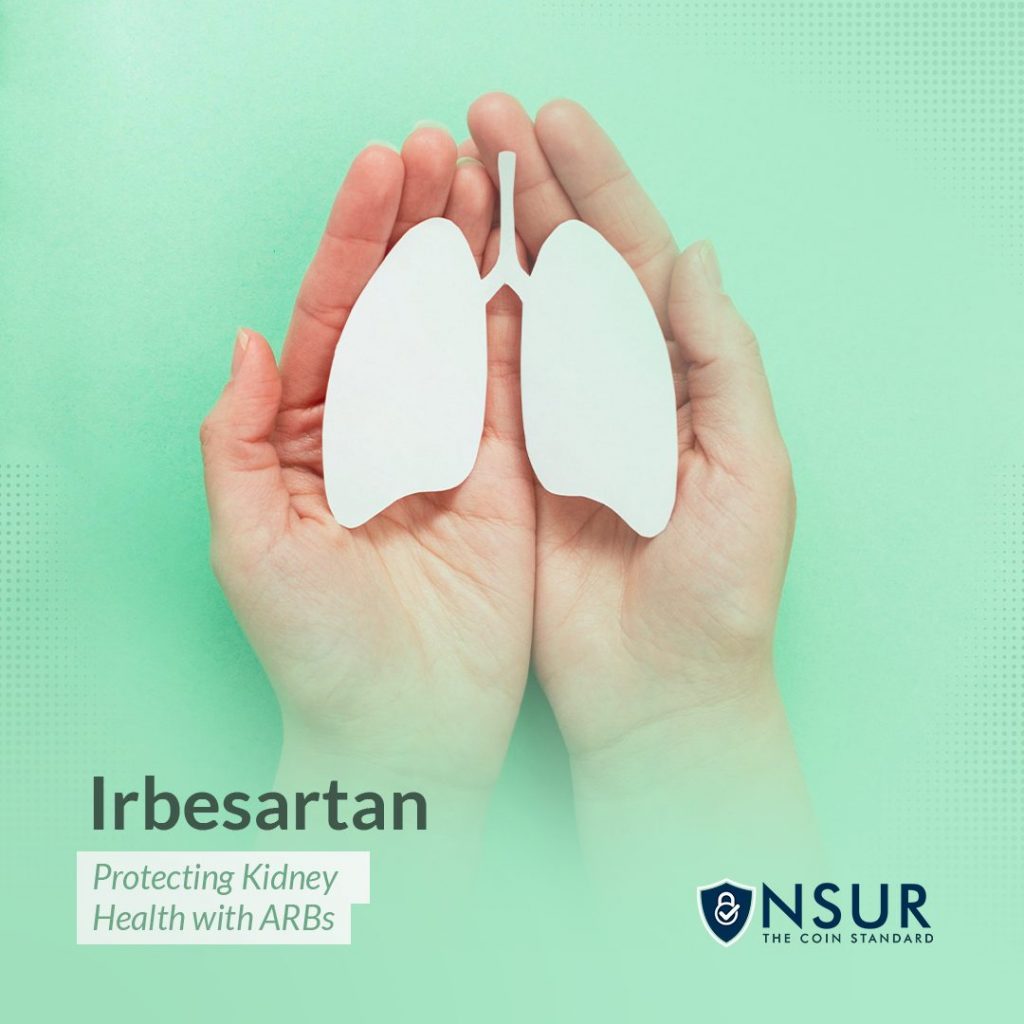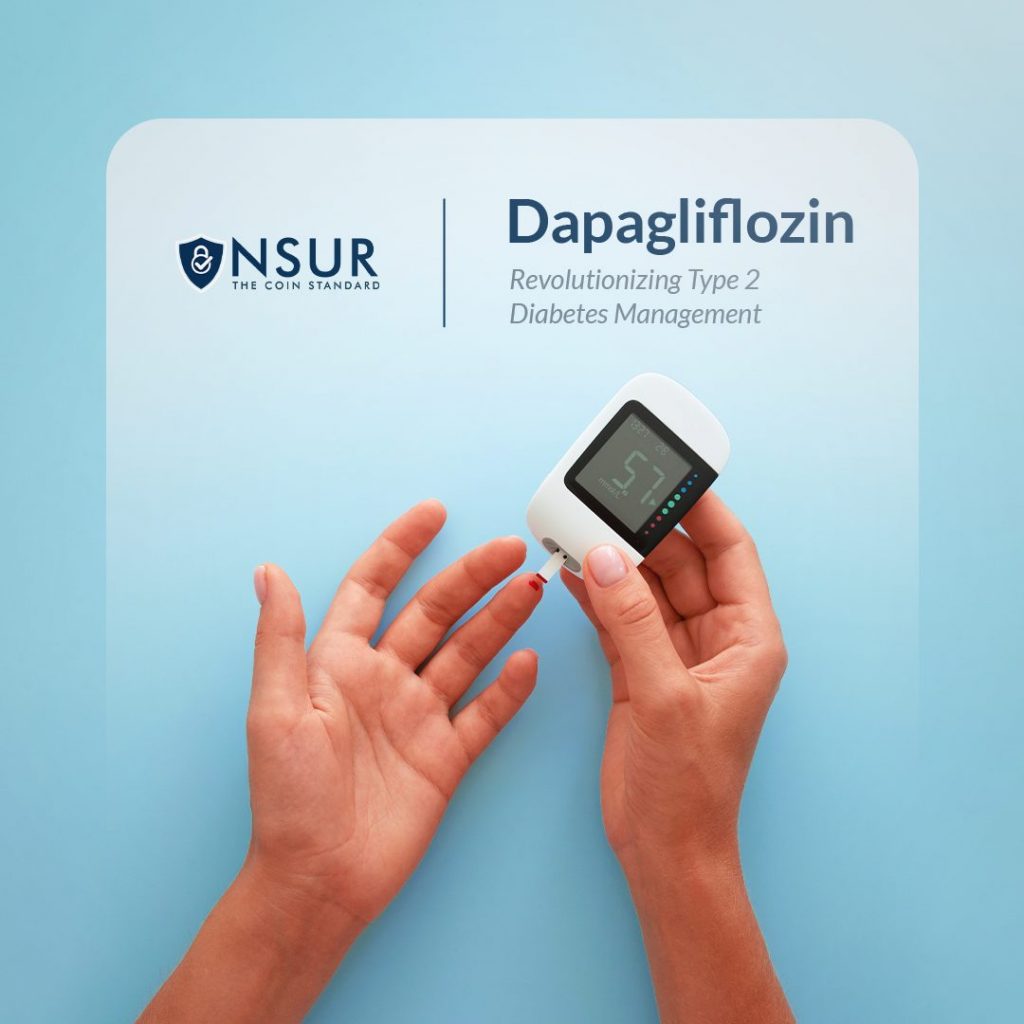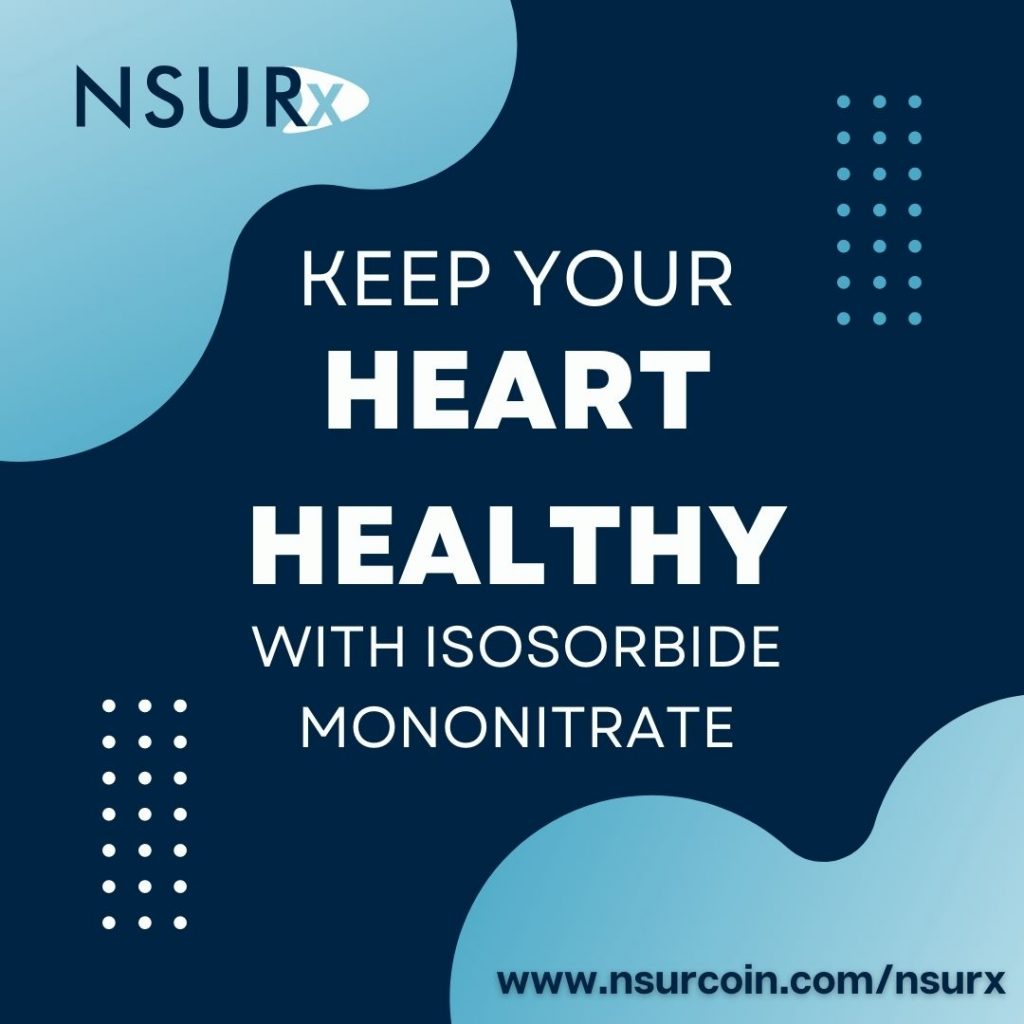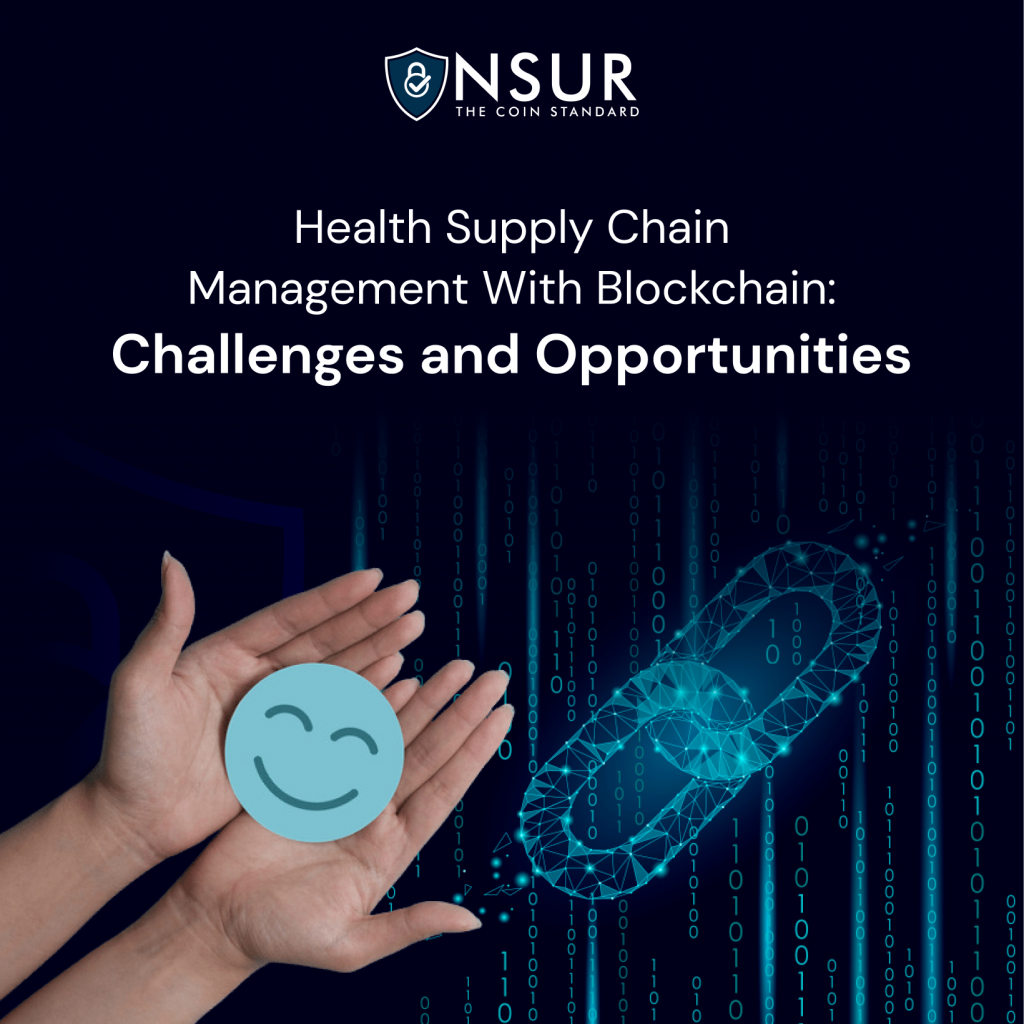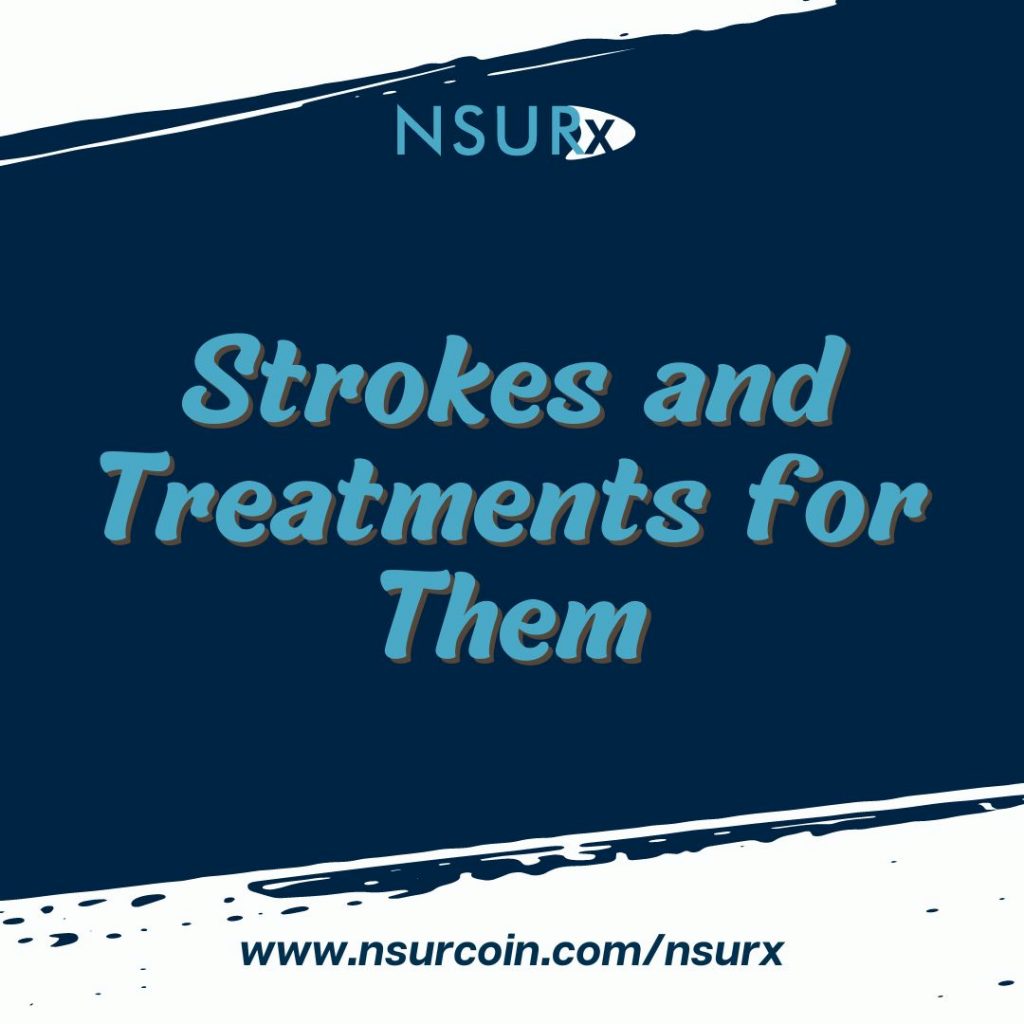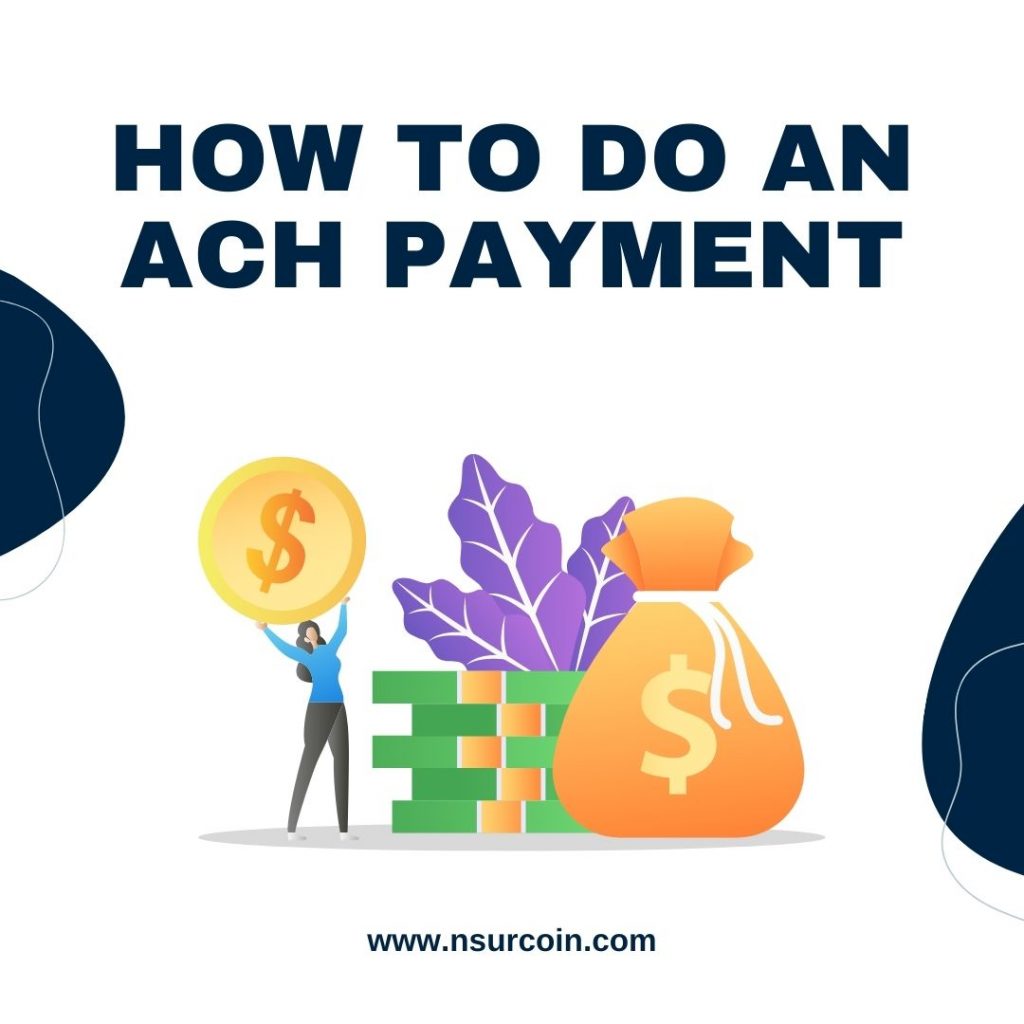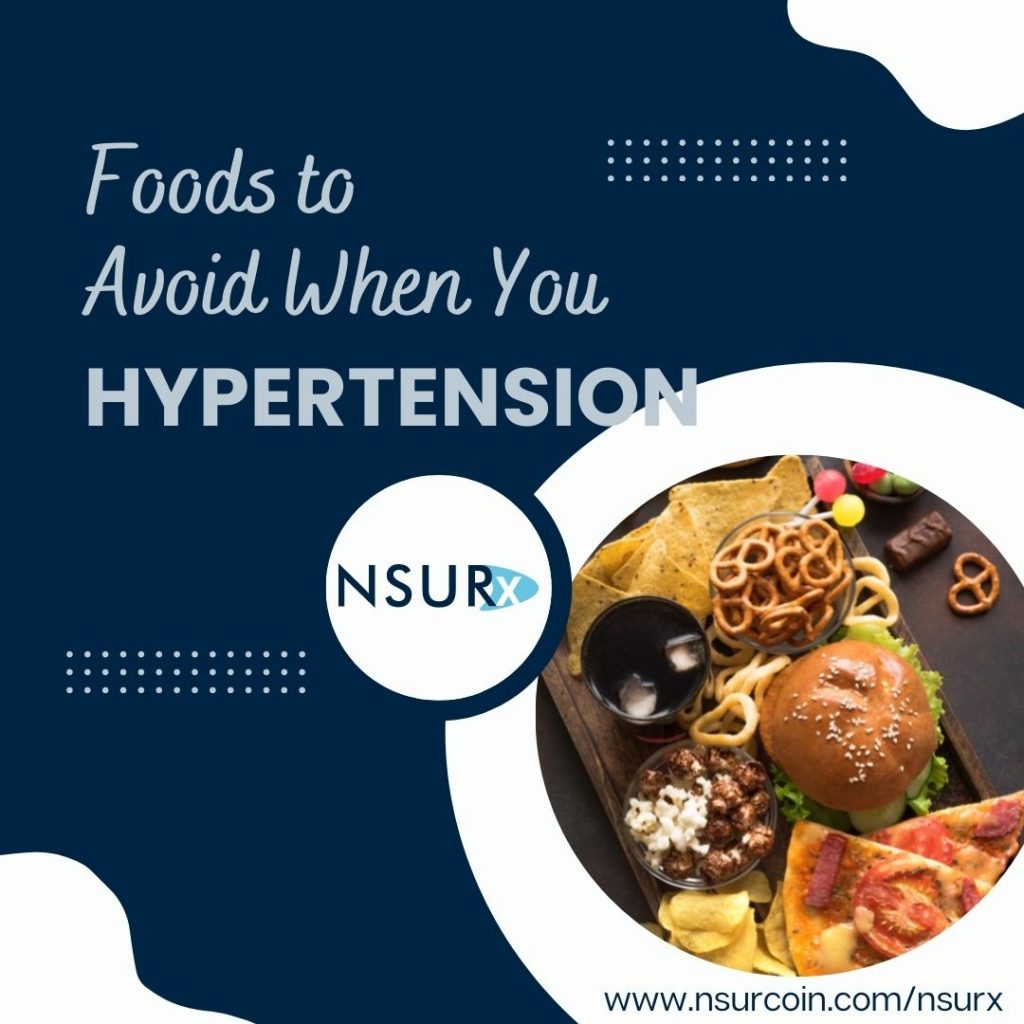
Eating a healthy diet includes avoiding certain foods. Find out foods you need to avoid if you have high blood pressure.
Diet has a significant impact on blood pressure, which is the force of your blood against the walls of your blood vessels.
High blood pressure, often known as hypertension, affects 47 percent of individuals in the United States. Over time, hypertension can lead to various health issues, including heart disease and stroke.
Salty foods, in particular, can contribute to high blood pressure. When you consume salt, your body retains more fluids, which causes your blood volume and pressure to rise. Sugary and saturated fat-rich diets can also raise blood pressure.
On the other hand, a heart-healthy diet can help you achieve and maintain healthy blood pressure.
Foods to avoid if you have high blood pressure
1. Salt or Sodium
Salt, or specifically the sodium in salt, is a major contributor to high blood pressure and heart disease. The American Heart Association recommends no more than 2,300 mg of salt per person per day. This is the equivalent of 1 teaspoon of salt each day.
If you’re attempting to limit your salt intake, one of the most crucial things to keep track of is processed, preserved and canned foods.
Salt is required for the preservation of all foods. It keeps the food from spoiling and extends the amount of time it may be eaten. However, because food is placed in canning and preserving solutions for an extended period of time, it absorbs a lot of sodium.
You should be on the watch for the following processed, preserved and canned foods:
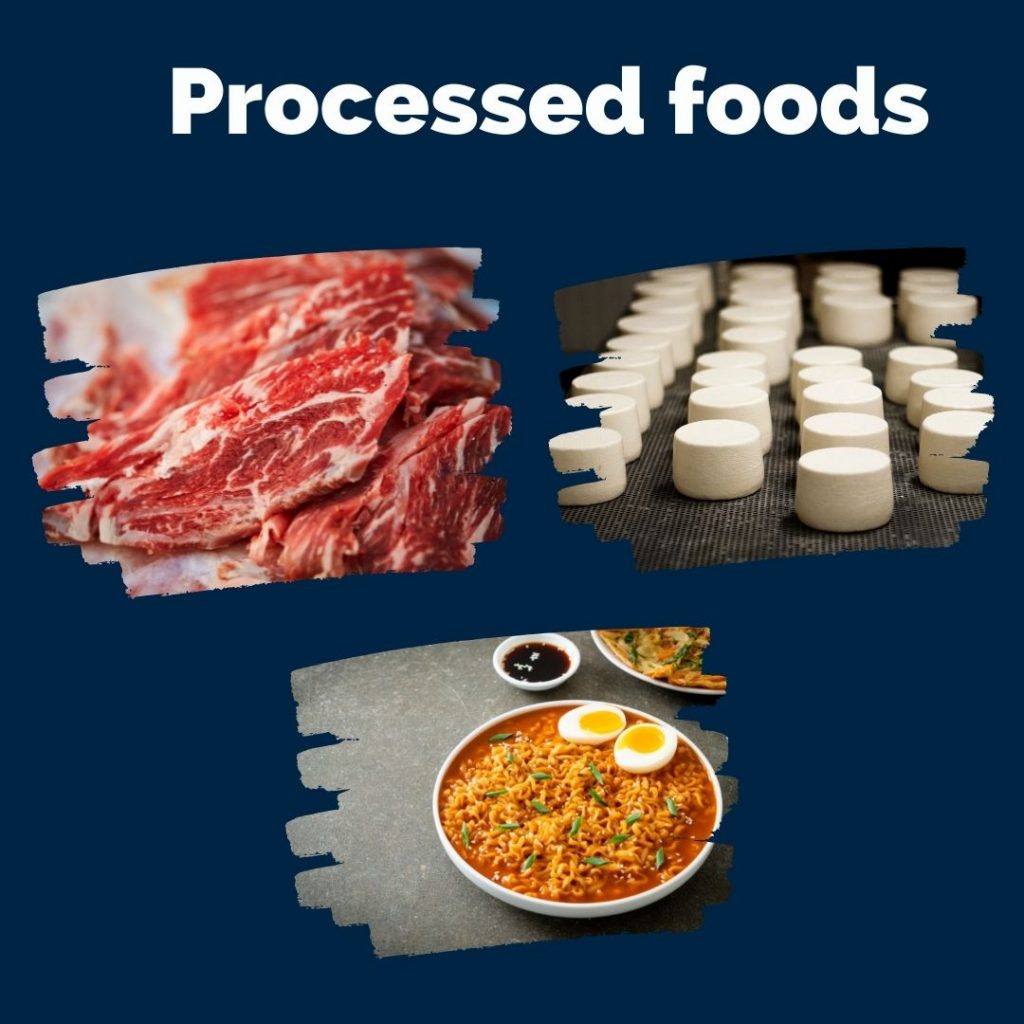
Processed foods
Processed food is simply one that has been altered from its original state. Processing is defined by the International Product Information Council as “any deliberate alteration in a food that occurs before it is ready for humans to consume.”
Heating, pasteurization, canning, and drying are all examples of processing. Some definitions even incorporate refrigeration as a component.
Processed foods frequently contain harmful levels of added sugar, sodium, and fat. These components improve the taste of the food we consume, but too much of them cause major health problems such as obesity, heart disease, high blood pressure, and diabetes.
Examples of processed foods to avoid:
- Reconstituted meats – These include sausages, nuggets, and processed ham. They typically contain substances that, if ingested in excess, might be unhealthy, such as saturated fats, added sugar, and salt. These foods are also lower in dietary fiber and nutrient content than whole foods.
- Processed cheese products – Saturated fat and salt are also abundant in cheese, despite its high protein and calcium content. Overeating can lead to high cholesterol and blood pressure, which can increase your risk of heart disease.
- Instant noodles and soups – Increased instant noodle consumption was linked to cardiometabolic risk factors such as elevated blood pressure, according to a study published in the journal Nutrition Research and Practice.
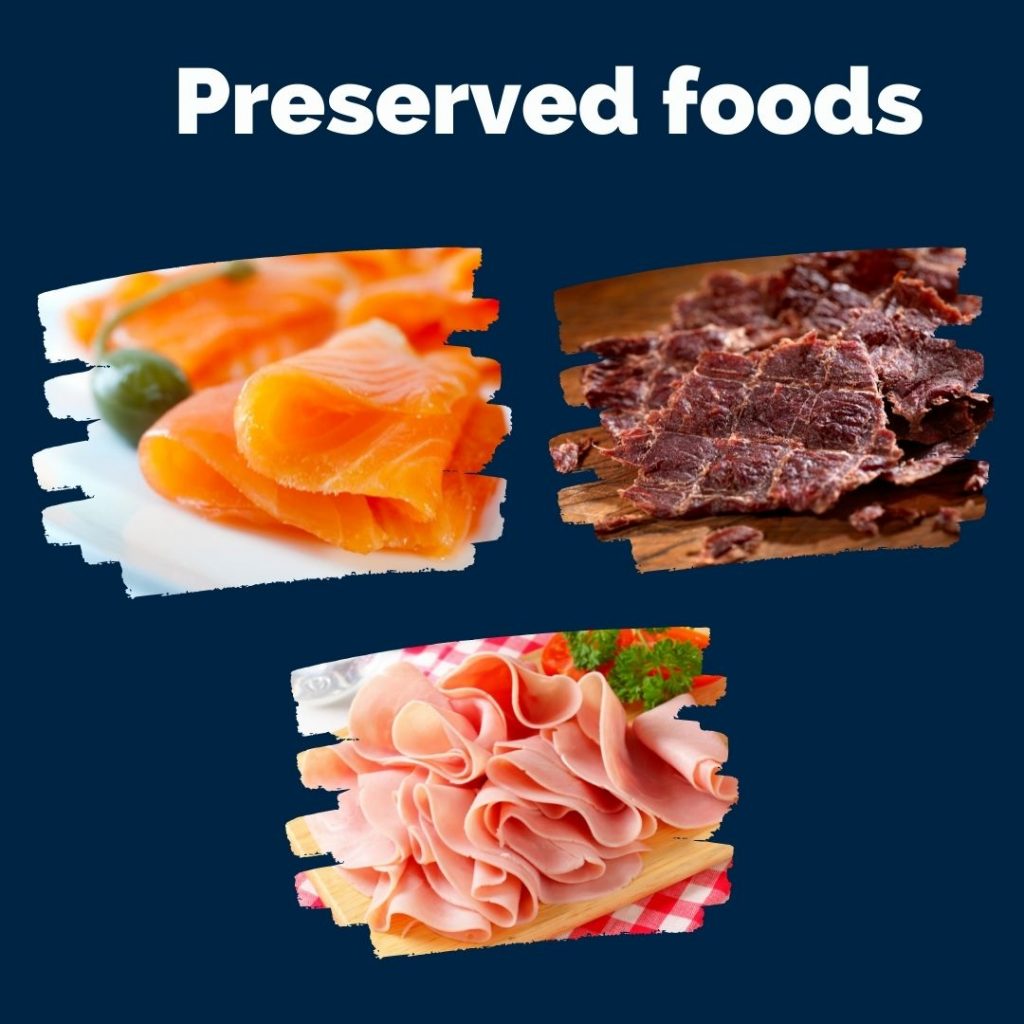
Preserved foods
Preserved foods include those which are properly packaged refrigerated, canned, and dried products. These foods are those which are ready to eat. However, these are high in sodium because sodium is used in the preservation and in processing of these foods.
Examples of preserved foods to avoid:
- Smoked salmon
- Beef jerky
- Ham
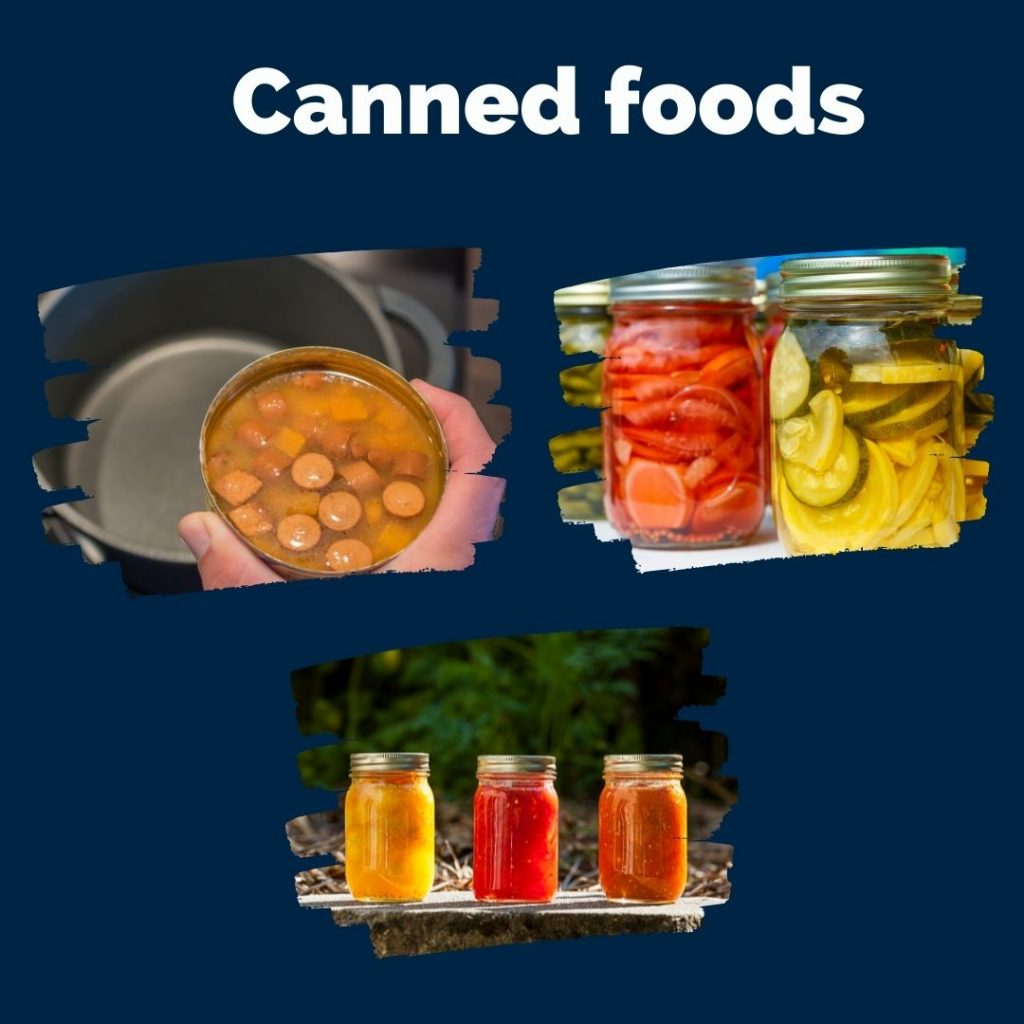
Canned foods
Canning is a way of storing foods in airtight vessels for long periods of time. Canning has a shelf life that normally extends from one to five years, though it can be much longer in some circumstances. However, canned foods are high in sodium since salt is used as a preservative.
Examples of canned foods to avoid:
2. Sugar
Fructose, a form of simple sugar, boosts uric acid levels in the blood, which limits nitric oxide generation. Because nitric oxide keeps your blood arteries flexible, lowering nitric oxide levels might cause a spike in blood pressure.
The American Heart Association (AHA) recommends consuming no more than 150 calories of added sugar per day for men, and no more than 100 calories per day for women. Added sugar includes sugar you add to your foods at home to keep baked goods fresh longer. According to one 2019 study of females with high blood pressure, cutting sugar by 2.3 teaspoons could result in an 8.4 mm Hg drop in systolic blood pressure and a 3.7 mm Hg drop in diastolic blood pressure.
Examples of sugary foods that you should cut out of your diet include:
- Sugar-sweetened beverages – They have been linked to weight increase in both adults and children, according to research. Obesity and being overweight increase the likelihood of having high blood pressure.
- Cakes and pastries – They are often common culprits of high sugar. Too much intake of cakes and pastries can lead to weight gain which in turn, also leads to high blood pressure.
- Protein bars – While there are some better protein bars on the market, many of them contain roughly 20 grams of added sugar, making their nutritional value comparable to that of a candy bar.
How to save money on your high blood pressure medications with NSURx
A heart-healthy diet is almost always combined with taking high blood pressure medications. However, high blood medications are not cheap; out-of-pocket costs can range from $9 to $2,274 USD!
With the NSURx Prescription Benefit Card, you can save money on high blood medicines at more than 35,000 pharmacies across the United States.
Just show your pharmacist your NSURx card and you could save up to 80% on your high blood medication. This could save you THOUSANDS of dollars over the course of a year.
Additionally, the more you shop with NSURx, the more NSUR Coin you’ll earn as a reward! You can then use these reward tokens to make purchases in our online shopping platform.
